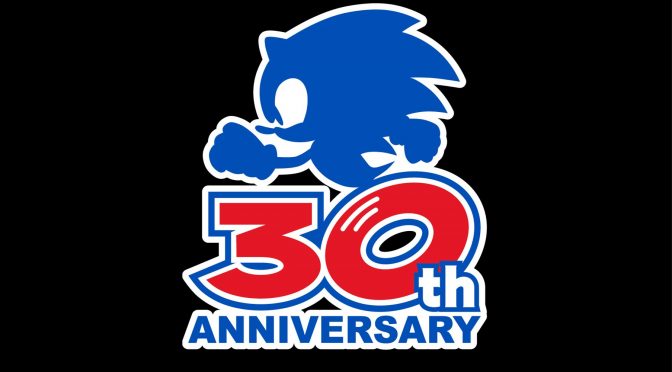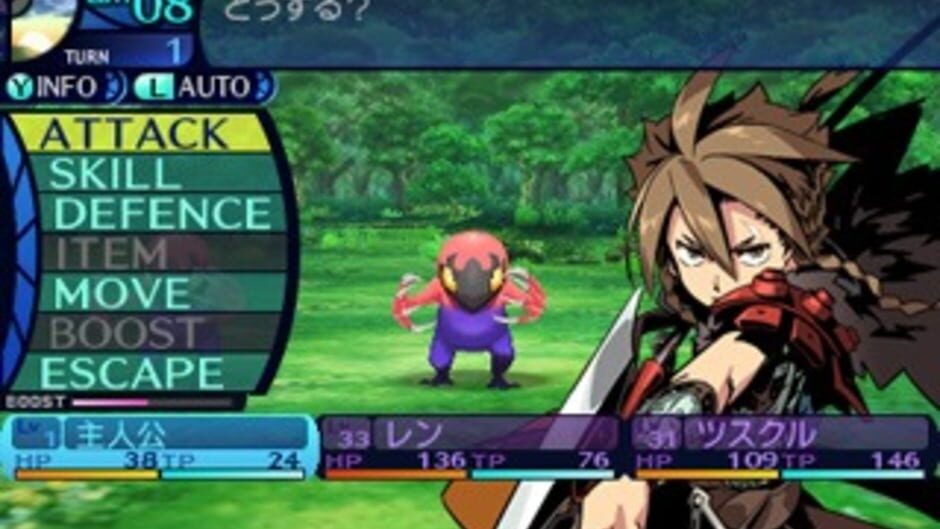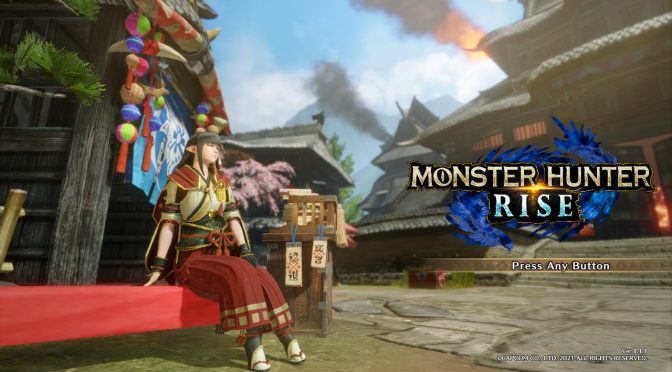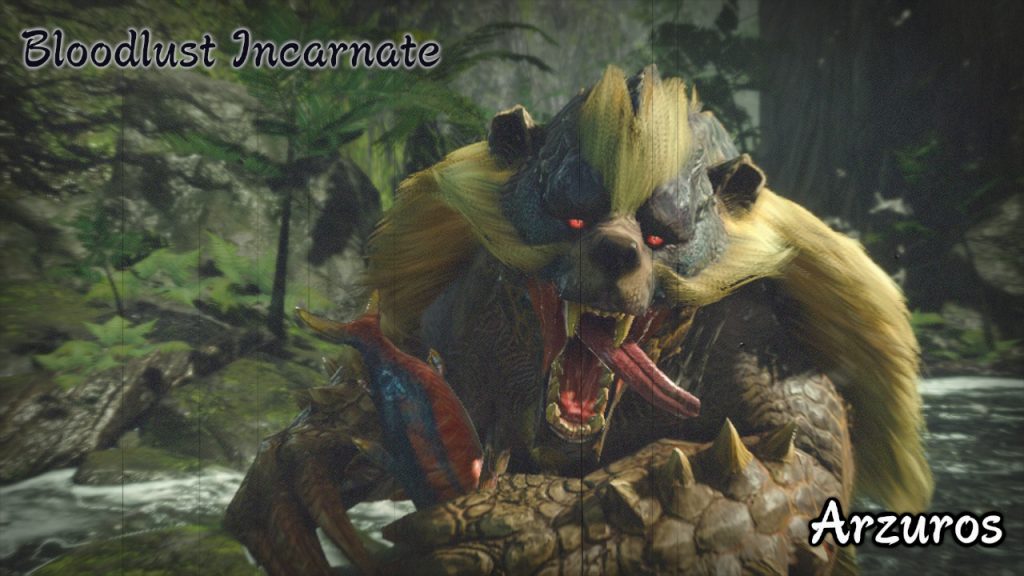A common element of video games are boss battles. These are fights that test the player’s skill and ability. So with final bosses, it’s no surprise that they are a true test of skill. Every journey has an endgame, and video games are no exception. These are my top three favorite final bosses in gaming.
WARNING: There are massive spoilers ahead for the games that will be covered. So proceed at your own risk.
#3: Grima – Fire Emblem Awakening
There’s a lot I love about Awakening, and its final boss is no exception. The journey has led the main character and the Shepherds to their fateful encounter with the Fell Dragon Grima. It turns out the protagonist is the vessel of Grima, created to bring the Fell Dragon back into the world. However, given the events of the game, the protagonist chooses to defy their destiny and slay the dragon. Joined by their close friends and allies, the protagonist charges into battle atop the back of Grima.
This battle is a tough one. Players will need to bring their tactical A-game if they want to slay Grima. Plot-wise, it serves as a great ending to a marvelous tale. Also, the music track playing during the battle (Id-Purpose) is phenomenally composed. It adds to the grandness of this final fight. Overall, the final battle against Grima is a very enjoyable one.
#2: The Final Hazard – Sonic Adventure 2
Surprisingly, my favorite game of all time only has my second favorite final boss of all time. However, that is a not a sleight against the Final Hazard. This fight is just plain epic. Two super-powered hedgehogs fight a giant lizard that has merged with a space colony that is on a collision course with Earth. If that isn’t enough, a fantastic rock song is playing in the background too (Live and Learn by Crush 40).
There are only two other things I can say about this battle. One, it is an awesome wrap up to one of my favorite stories in the Sonic franchise. Secondly, it feels so good to lay the smack down on this lizard, especially after an earlier fight with it. All of that combined makes for one heck of a fight.
#1: Primal Dialga – Pokemon Mystery Dungeon: Explorers of Sky
Here is a game I haven’t talked about yet. Explorers of Sky is a phenomenal game already, and is another one of my favorite games. Consider it a #6 on my previous list. The long and epic journey that led our protagonist and their Pokemon partner to Temporal Spire is finally at an end. At least, it would seem that way. Enraged by the collapse of time, Dialga has gone mad, reverting to a primordial state. It’s up to the duo of Pokemon to defeat the outraged time deity and restore the flow of time.
This is my favorite final boss for many reasons. Primarily, it is an outstanding ending to an awesome story. Plus, I remember spending days as a kid trying to beat Primal Dialga. I will admit as an adult the battle can be pretty simple. If you know your type match-ups in Pokemon, then you’ll have this fight in the bag. However, it is still one of my favorites regardless. Lastly, the track playing throughout this clash (Dialga’s Fight to the Finish) is simply great. It adds an epic level to an already grand face-off.
Final Thoughts
There are numerous other final bosses that I have yet to face. So, this list is subject to change in the coming years. With that being said, what are your favorite final bosses? Let me know in the comments. As always, until next time my fellow nerds, peace.





